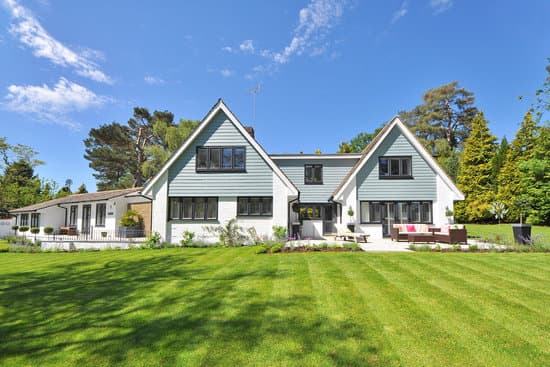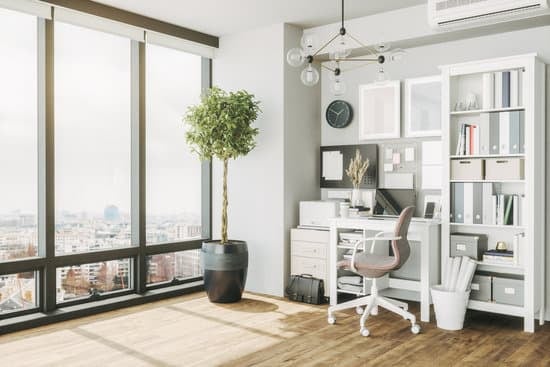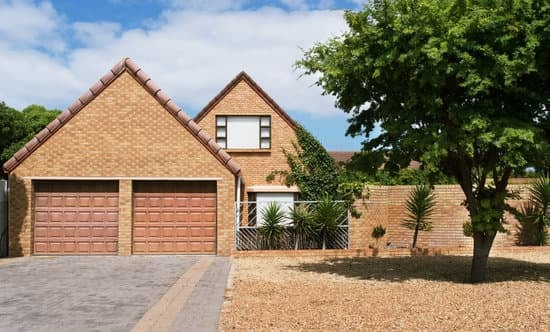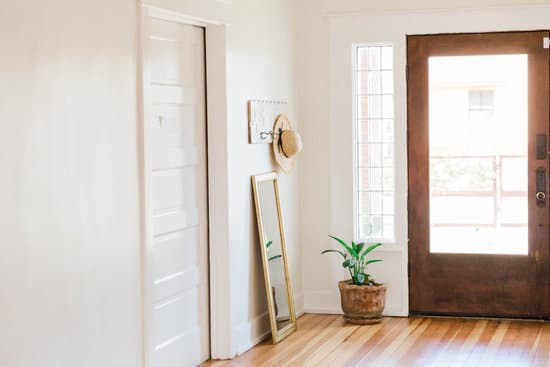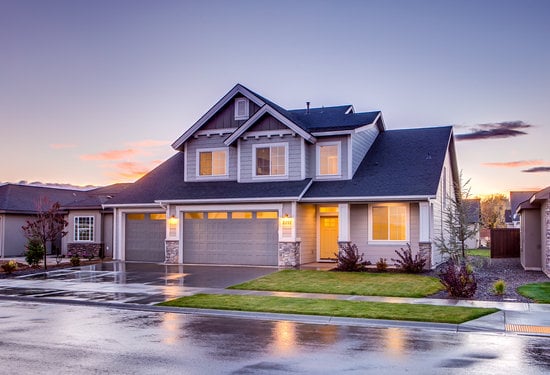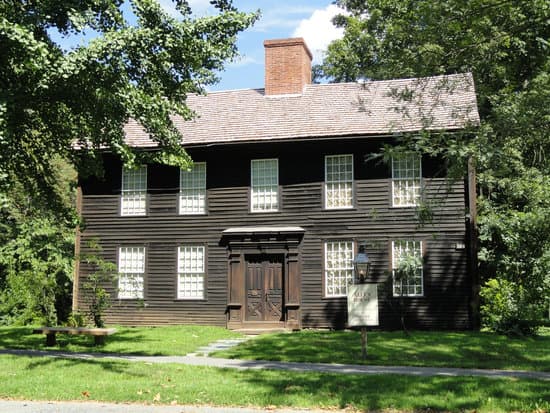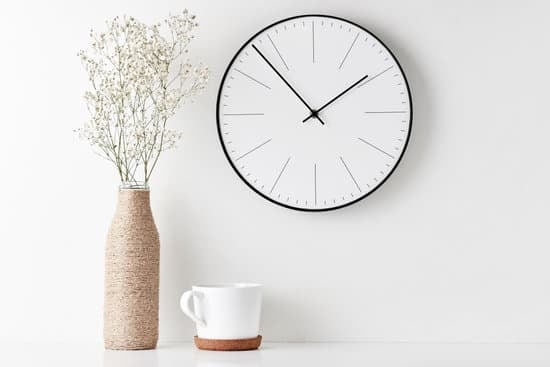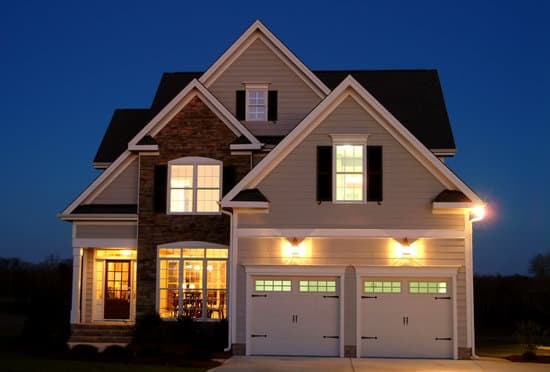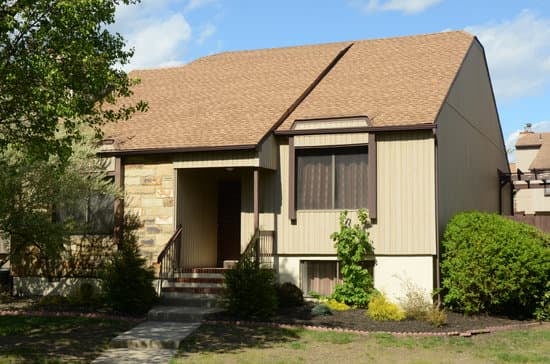Tuscan design is known for its warm and inviting feel, evocative of the Italian countryside. The elements of Tuscan design are numerous and provide a unique charm to any home. Here are some key Tuscan design elements to consider:
Materials: Tuscan-inspired materials typically include terracotta, cement, and natural stone such as travertine, granite marble, sandstone, and limestone.
Texture: Tuscan design is all about creating a sense of texture. Walls are often textured with brushed or sponge-painted finishes, while floors may be adorned with area rugs that give a cozy feeling.
Color palette: Tuscan design leans heavily on a neutral color palette, focusing on warm, earthy tones such as olive greens, deep reds, and golden yellows.
Furniture: Rustic-style furniture featuring dark wood and wrought iron accents are prevalent in Tuscan design. Pieces may be adorned with intricate carvings, adding to the richness of the overall look.
Lighting: Tuscan lighting typically involves the use of warm, ambient lighting, such as wall sconces and chandeliers with warm-toned shades.
Accessories: Tuscan accessories, such as pottery, wrought-iron candleholders, and large urns, are often used to create a sense of rustic charm. Textiles, such as heavy curtains or tapestries featuring intricate designs, can also add to the overall ambiance.
By incorporating these Tuscan design elements into your home, you can create a warm and inviting atmosphere that evokes the beauty and charm of the Italian countryside.
